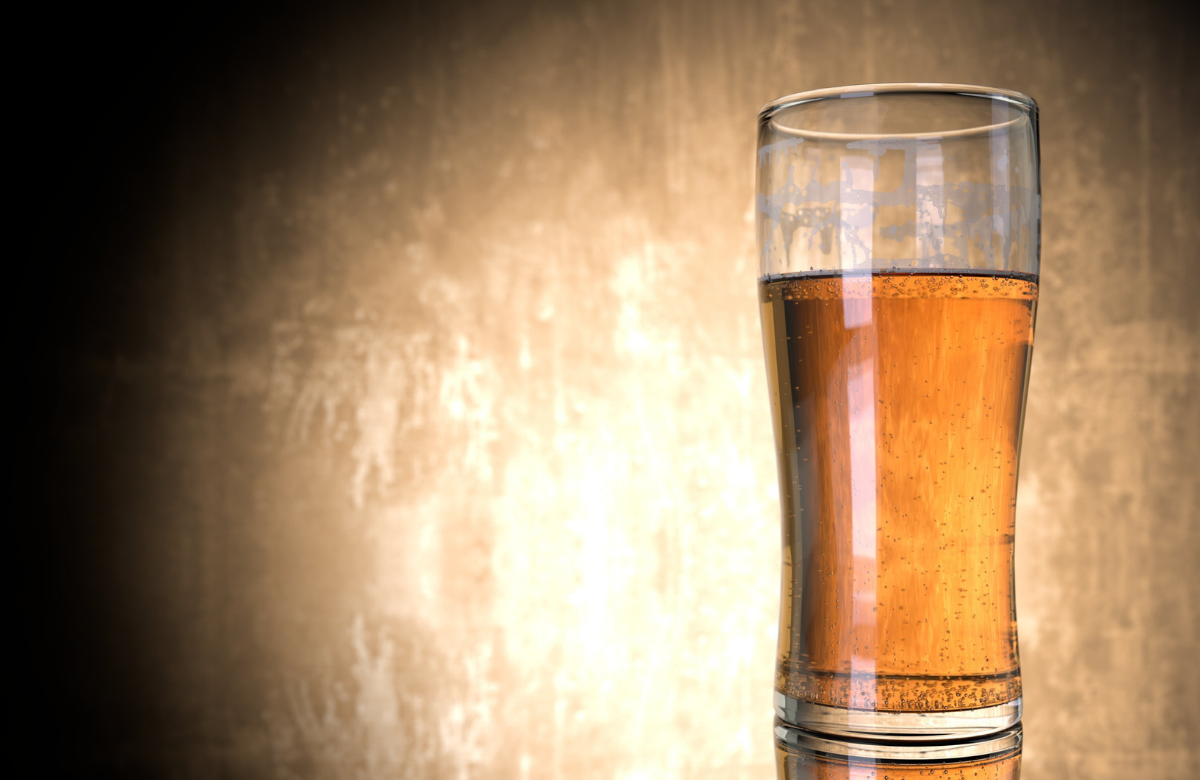The beer industry eked out a slight increase in sales over the Labor Day holiday, capping off a summer selling season marked by the rise of hard seltzer and rosé cider, as well as the continued strength of Michelob Ultra and imports.
Bolstered by robust growth of imports (+6 percent in volume), flavored malt beverages (+21.2 percent), cider (+7 percent) and super-premium beers, a segment that includes Michelob Ultra (+13.7 percent), the industry grew volume 0.6 percent in the two weeks ending Sept. 8, according to Nielsen cross-channel and convenience data.
The pace at which those segments grew over the holiday helped offset the continued decline of premium lights and premium regulars, which each declined more than 4 percent in sales volume, according to the data, the first read that includes the end-of-summer holiday.
Bucking that trend with another positive two-week performance by Miller Lite, which posted a 0.7 percent bump in volume. The Original Light Beer continues to outpace its peers, picking up share of segment for 15 consecutive quarters.
The Labor Day results reflect an improvement over the most recent four-week trend of down 0.6 percent and bring the beer industry’s year-to-date volume to just south of flat, according to Nielsen.
“Broadly, the first half of 2018 was very tough,” says Michael Uhrich, chief economist for the Beer Institute, a trade group that compiles its own beer volume data. According to its statistics, the industry was down 2.2 percent through the end of June. Uhrich ties that rut to three primary factors: unusually cold weather in April and part of May that plagued most of the country and hurt beer sales; supply issues; and transportation shortages.
Trends improved during July and August, Uhrich says. Strong results in July alone more than cut in half the year-to-date decline. Through July, beer volume was down just 1 percent, says Uhrich, who still predicts the industry will be in the red for 2018.
That’s in part because of stalling growth in craft — the segment that’s acted as bulwark for the industry for the last decade — which took a hit over the two-week period. It showed continued weakness with volume down 0.6 percent, a slight improvement over its 13-week performance of down 0.8 percent.
The near-premium segment, which includes brands such as Miller High Life, Busch Light, Rolling Rock and Icehouse, also slipped, off 4.6 percent, per Nielsen. Budget beers, however, posted 4 percent growth and picked up 0.3 percentage points of share, led by growth of Natural Light, Keystone Ice, Keystone Light and Natty Daddy, each of which landed on the holiday’s Nielsen top 25 growth brands list.
The biggest winners, though, have been super-light beers and imports, as well as successful innovations including hard seltzers and rosé ciders, Uhrich says. The latter two appear to be helping lure some drinkers back from wine and spirits, he says.
Flavored malt beverages picked up the most share in the industry (+0.9 points), boosted by strong performance among Truly Spiked & Sparkling, White Claw Hard Seltzer, Spiked Seltzer and Twisted Tea, along with MillerCoors brands Arnold Palmer Spiked, Henry’s Hard Sparkling Water and the Steel Reserve Alloy Series, per Nielsen.
FMBs were followed closely by imports (+0.8), led by Mexican lagers such as Modelo Especial, Corona Premier, Corona Familiar and Sol. Italian import Peroni also picked up share and is now up more than 14 percent in sales volume for the year. Over the two-week holiday period, Modelo surpassed Michelob Ultra as the top share gainer among Nielsen's Top 10 Growth Brands list.
Cider also grew, led by rosé-inspired ciders from Angry Orchard and Crispin.

